On This Day…November 26th.
P51 D Mustang assigned to 2SF, 8th Air Force which crash landed at RAF Steeple Morden, Cambridgeshire on 26th November, 1944. Pilot Lt Marvin H Castleberry survived the hard landing. Any landing you walk away from...
A Bf 109 E from JG 26. France, November 26th, 1939.
Fairey Firefly returning from a mission against German shipping in Norwegian waters, November 26th, 1944. This photo clearly shows the limited room for manoeuvre on that flight deck, highlighting the skill and courage needed to operate from a carrier, especially in any kind of adverse weather conditions.
November 26th 1929 saw the first flight of the Vickers Type 143, the 'Bolivian Scout'. It was an all-metal, single-seat, biplane with single-bay wings, a development of the earlier Type 141. The limited run of six aircraft were deployed in Bolivia in their war against Paraguay.
The cover of 'Life' magazine on November 26th, 1965...
Newly minted batch of D.XXI's in the Fokker factories in Amsterdam, November 26th, 1938.
The HMT Rohna, an eight and a half thousand ton, coal-burning vessel, was certainly not built for the military. The British nonetheless pressed it into service during World War II as a troop transport. On Thanksgiving 1943, the Rohna and five other troop carriers left the port of Oran, Algeria, to join a convoy in the middle of its journey from Britain to the Panama Canal. Survivors of the Rohna disaster later recalled that their Thanksgiving meal consisted mainly of "watery canned chicken and weevil-filled bread".
The following late afternoon, 26th November, as the convoy sailed just off the North African coast, about 30 German Heinkel 177's attacked. The ships responded by opening fire, putting up the usual thick smoke screen and attempting to electronically jam the Nazis’ bomb frequencies. With the assistance of Allied fighter aircraft, they destroyed several German bombers while initially suffering little damage of their own. During the second wave of the attack, however, a German aircraft dropped a Henschel Hs 293 remote-controlled glider bomb—an early 'drone', into the Rohna just above the waterline. The explosion started a perfect storm of catastrophic events that ripped the Rohna apart.
The Henschel Hs 293 Guided Missile (above). After it was dropped, the rocket motor started and propelled it forward at speeds of up to 580 mph. Five flares in the missile tail allowed the operator to keep track of it and guide it to the target using a joystick.
1,015 American GI's, 120 British and Indian crew, 11 gunners and three Red Cross workers died. No other U.S. Army military disaster at sea has ever been deadlier and only the Arizona, at Pearl, could claim to have lost more American men.
In order to prevent the Germans from learning about the success of their cutting-edge remote-controlled bomb, the U.S. government allowed only vague details about the incident to be known at the time, a secret that stayed in place following the war.
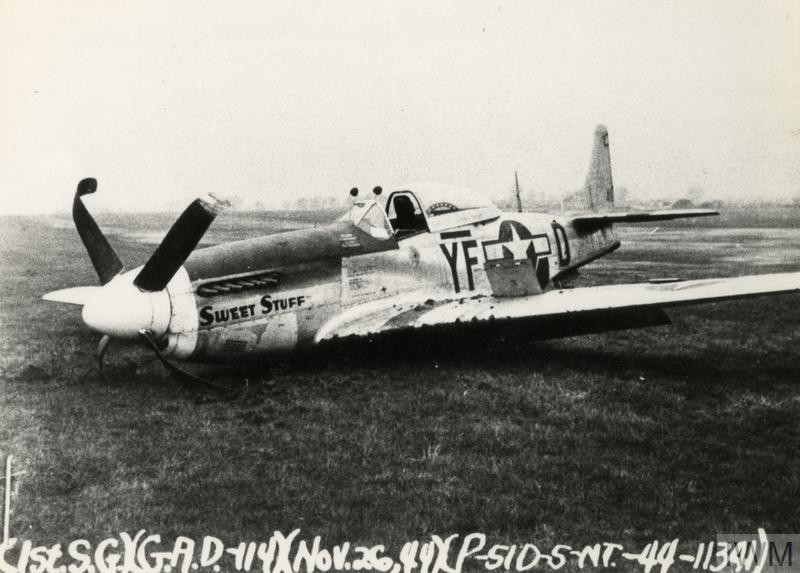
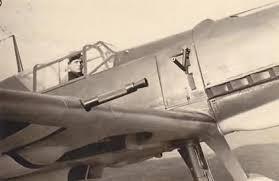

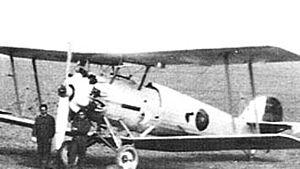


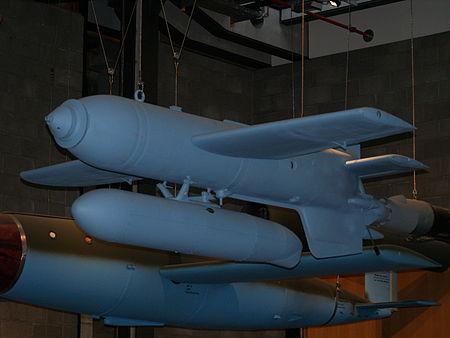

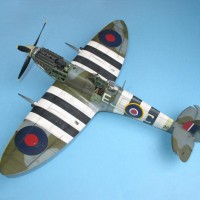
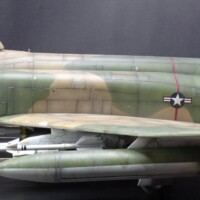
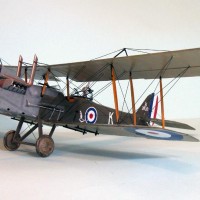
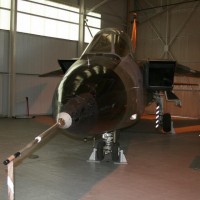
I wonder how many ships were sunk using the Henschel Rocket. I understand the need for secrecy back then, but after the war?
Another fine set of photos, david leigh-smith @dirtylittlefokker
Thanks!
Well, Jeff, you DID ask...
HMS Biddeford (damaged)
HMS Egret (sank)
HMT Rohan (sank, above...)
HMCS Athabaskan (heavily damaged by confirmed hit with Egret in Bay of Biscay 27 August 1943)
Italian destroyer Ugolino Vivaldi (heavily damaged and scuttled off Sardinia on 10 September 1943)
SS Bushrod Washington (sunk 14 September 1943 during Operation Avalanche)
SS Delius (damaged)
HMS Dulverton (heavily damaged and scuttled)
SS Elihu Yale (sunk off Anzio during Operation Shingle 16 February 1944 — LCT 35 alongside was also destroyed)
USS Herbert C. Jones (damaged off Anzio during Operation Shingle 15 February 1944)
SS Hiram S. Maxim (damaged)
HMS Inglefield (sunk)
SS James W. Marshall (damaged 15 September 1943 during Operation Avalanche and subsequently used as part of the Mulberry harbour - possibly hit by a "Fritz X")
HMS Janus (sunk—possibly by an Hs 293, or a torpedo)
HMS Jervis (damaged off Anzio during Operation Shingle 23 January 1944)
SS John Banvard (damaged)
Banff class sloop HMS Landguard (slightly damaged with Bideford in Bay of Biscay 25 August 1943)
HMS LST-79 (sunk)
USS LST-282 (sunk during Operation Dragoon)
HMS Lawford (sunk—probably by an Hs 293, official report states "aerial torpedo")
MV Marsa (sunk)
HMCS Matane (damaged)
USS Mayo (damaged—possibly by an Hs 293 or a mine)
HMHS Newfoundland (heavily damaged and later scuttled by US Navy destroyer Plunkett)
USS Prevail (damaged—possibly by an Hs 293)
HMS Rockwood (damaged slightly, later written off)
SS Samite (damaged)
SS Samuel Huntington (sunk off Anzio during Operation Shingle 29 January 1944)
SS Selvik (damaged)
HMS Spartan (sunk off Anzio during Operation Shingle 29 January 1944)
USS Tillman (slightly damaged 6 November 1943 while escorting Mediterranean convoy KMF-25A) though more likely a torpedo was the cause)
@mikegolf
Wow ! I knew that it was used but I didn't realize how successful it really was as far as actually hitting the target.
Great story David! This Henschel guided bomb showed the Germans were far ahead of the times then!
Add in the V-1 and V-2, then the Me-163 and the 262...not to mention the MG-42, MP-40 and the P-38, Tigers, Panthers ... I could go on for a while.
Yes they very much led the way in a lot of things. They even had ideas about going into the lower boundaries of space and using the earth's atmosphere to "bounce" the aircraft in order to extend the range... Crazy stuff.
It's a good thing that it worked out for the Allies.
It always amazes me that the Germans were never further along in the nuclear stakes; had they developed THAT technology...
Thank God they didn't succeed. From what I have read and watched on television there were several raids conducted in Norway by the British Commandos to destroy the heavy water supply and factories. In fact I believe that a ferry boat was sunk in a fjord that was carrying barrels of heavy water and civilian passengers. The decision was made to sink the boat in the deepest part of the fjord. Imagine what could have happened if the Germans were successful. Scary stuff indeed.
Actually David they were well along with their program. The Allies became aware of this and immediately ordered several covert missions to destroy the ability of the Germans to continue with their program. One of these missions were the sabotage of the heavy water (deuterium oxide) plants in Norway. Which really put the kabbash on the program.
Thanks for posting another great set of photos David. The Rhona story is indeed tragic.
Another tragic story is that of the MV Wilhelm Gustloff. It was reported that about 5,000 children perished when it was torpedoed by the Soviet sub S-13 in the Baltic Sea. There was a total number of over 9,600 killed when it sank just months from the end of the War. Most of the casualties were civilian refugees and some wounded German soldiers.
All war is tragic...you can read about it here.
https://en.wikipedia.org/wiki/MV_Wilhelm_Gustloff
Thanks, Louis.
The Baltic and Black seas are particularly tragic, with the Gustloff, the Goya, and the ‘Armenia’ (which I wrote about a couple of weeks ago on OTD) having an estimated 22, 000 deaths just between three ships.
Argh, let’s turn our thoughts to better days, Louis...
Hope you had a great thanksgiving, and all’s looking well for you and the family in the run up to the big holiday.
Thanks David for the well wishes. Things are going well and the misses is on her way to recovery after the surgery. We had a good Thanksgiving. The company was the best part.
Now to get things going back into a better place, how about that new Tamiya Mk 1 Spitfire in 1/48 ? I can't wait for this one to make it across the pond ! I know a guy that would probably buy three ... the good Lord willing.
Thanks, DLS, great photos and stories as usual.
Wouldn´t call the Hs 293 a drone but rater a stand-off missile like the later American Bullpup series. As far as I understand there was some success initially but as the allied forces came up with how to jam the radio signal the efficiency declined dramatically.
Another interesting German project was the Fritz X. Here a documentary on an experiment to replicate the use https://www.youtube.com/watch?v=QwjmAGi9Hys
Did all Bf 109 variants have the manual start crank or was that only on the early marks?
Wasn't it wire guided like the later US Army TOW missiles ? I vaguely remember reading the wire was spooling out of the missile as it moved forward. The operarator used a joystick on a control box from inside the "mother ship".
Maybe that was the Fritz X and not the Henschel design.
Good question on the starter on the 109. I don't know what they used. I have read that some planes used a cartridge firing device similar to the Coffman starter used on the Spitfires.
Others used a hybrid type that combines the cartridge and inertia type starters. Hmmmmmm.
You got me wondering ...
Bit more on the Hs and its guidance system http://www.ausairpower.net/WW2-PGMs.html
This is some good stuff !
I just learned that the Fritz X was radio guided, but they did make an attempt to use a wire guided system. The wire guided system was abandoned eventually and they returned to the radio system.
Looks like the Hs-293 was entirely guided by radio signal throughout it's service life...
This is an excellent link. Thanks for posting.
Ok I found out how the starter motor worked in the later model Bf-109's. Starting with the G model, which used the DB -605, they switched to a starter that was electric powered and had the ability to be cranked up by hand like an inertia starter. So it was a hybrid. In order for the electric starter to work, the ground crews had a power cart that they plugged into the plane.
I learned something new here.
Great question !
Here's a few pictures of the actual starter.
If you look closely you can see the slotted round place on the side in this next picture. This is where the hand crank was inserted.
Here's the data plate.
Cool stuff !
David, today’s menu is a treat. “Sweet Stuff”, the Fulmar and the Bolivian Scout are new to me. For different reasons I enjoyed learning a bit more. But the dessert really stirred opinions. The fact that so many ships sustained hits from German guided bombs was something I was not aware, I knew Anzio was the killing field of these weapons but stories like Rohna is not something we read everyday.
I do believe you forgot to mention the most successful and well known attack using these weapons, made by Do.217 E and M’s from Kampfgeschwader 100, on the second day of operation Avalanche, that sunk the lead battleship of the Regia Marina, the Roma. In these case direct hits from 2 Fritz X blew the battleship in half, with great loss of life, around 1300 souls.
I had a distant relative that was at (or near) Anzio. His name was Calvin R. Gardner and he was a Private in the US Army. He was a Forward Observer and was calling in fire missions to mortar crews there. He was decorated for bravery. Sadly he was killed in action later on September 24th, 1944 in Southern France.
He was one of two brothers that were killed out of four that were serving in the Army at the time. The other two remaining brothers were both wounded in action. They were all either wounded or killed within 118 days of each other. Sounds like a Tom Hanks movie doesn't it ?
But it happened for real to our family. Three brothers served in the ETO, while the youngest one Calvin, served in North Africa and Italy before also serving in the ETO.
great family
Thanks Bob.
Louis, it does have a “Saving Private Ryan” kinda feeling... a prayer for all those young men who lost their life’s in the prime of their lifes to stupid wars ever%where